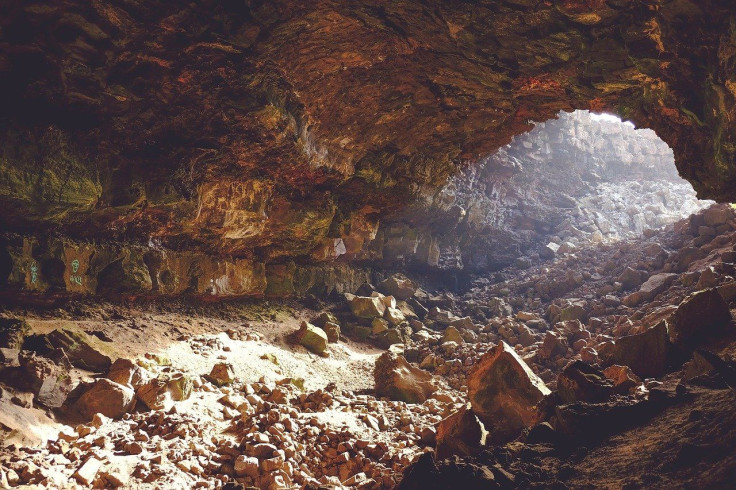New Species Alert: Tiny Snail With 'Muffin-Top' Discovered In Laos Cave
KEY POINTS
- The new snail species is described as having a "muffin-top-like" bulge
- It possibly evolved differently from its relative when two caves were separated
- Researchers are calling for regulations to protect the species
Researchers discovered a new snail species in a cave in Laos. The species is only the second member of its group and, may even shed light on the past of its habitat.
The Laoennea group of snails is only comprised on one species, the Laoennea carychiodes, which the authors of a new paper said is only known in the Tham Pou Kham cave in Nam Song Valley in northern Laos. But in their paper, the researchers describe the second member of the group that they discovered in the nearby Tham Houey Yè cave.
Now called Laoennea renouardi after French caver Louis Renouard, who helped discover, explore and map the two caves where the Laoennea snails can be found, the tiny snail is described in a Pensoft Publishers blog as having a "muffin-top-like bulge." It is just 1.8-millimeter tall and the researchers described its shell as glossy and less elongated than its relative's.
[2/2] Check out the full study OA with us👉 https://t.co/eEisGDCppg.#Gastropoda #Biodiversity #Ecology #Zoology #NewSpecies @NMBern @unibern @geobiodiversity @Senckenberg @UParisNanterre
— Subterranean Biology (@subtbiol) November 16, 2020
Cave History
What's interesting is the fact that these two members of the same group were found in different caves that are 3.4 meters apart and separated by the Yè River. It's possible then, the researchers said in the study, that the two caves might once have been connected to each other during the Quaternary some 100 to 200 years ago.
But when the two systems were disconnected by the Yè river, the single snail population eventually evolved into two separate species. So what once might have been a single species are now two members of one group.
Conservation
"The discovery and description of biodiversity before it disappears is a major priority for biologists worldwide," study co-author Adrienne Jochum of the Natural History Museum Bern and the University of Bern said in the Pensoft Publishers blog. "The caves in Laos are still largely underexplored and the snails known from them remain few in number."
The researchers also noted subterranean snails' "low tolerance" to pollution and disruptions. Although the Tham Houey Yè cave where the L. renouardi resides is now closed to direct tourist activity, it was once a popular destination. And even if the tourism activities have ceased, it's possible that its effects, including the "wear and tear impact," still threaten the species, the researchers said.
"It is paramount that conscientious regulation of tourism and water management schemes guard against this potential threat," the researchers wrote.
The paper describing the species is published in Subterranean Biology.

© Copyright IBTimes 2024. All rights reserved.






















